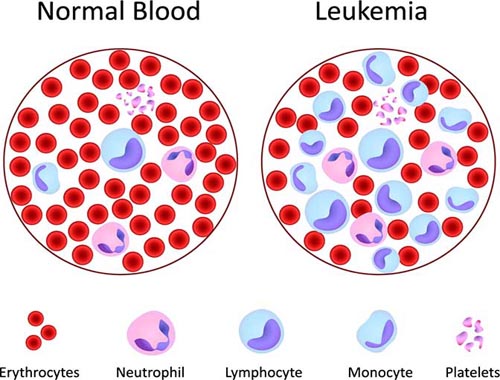DDxHub Differential Diagnosis Hub Medical
 Published: 12 Mar 2024
Published: 12 Mar 2024
Healthy Fat: Triglycerides
Triglycerides, a type of blood fat, offer benefits by lowering your risk of heart disease. A higher number indicates a reduced risk.
Lipid Profile Ranges
Before a lipoprotein panel, most individuals must fast for 9-12 hours. For heart disease protection, a level of 60 mg/dL or higher is desirable.
Normal Ranges for Lipid Profile Components
* Total Cholesterol:
* Normal: <200 mg/dL
* Borderline High: 200-239 mg/dL
* High: ≥240 mg/dL
* LDL (Bad) Cholesterol:
* Optimal: <100 mg/dL (for individuals with diabetes or heart disease)
* Near-Optimal: 100-129 mg/dL
* Borderline High: 130-159 mg/dL
* High: 160-189 mg/dL
* Very High: ≥190 mg/dL
* HDL (Good) Cholesterol:
* Level must be >40 mg/dL
Risks of Blood Testing
Blood drawing (phlebotomy) is generally safe, but potential risks include:
* Bleeding and bruising (prevented by applying pressure after needle removal)
* Pain (usually minimal and short-lived)
Avoid blood draws from swollen or edema-prone arms. Report any dizziness to the person taking your blood. Infections are uncommon but possible.
 Published: 12 Mar 2024
Published: 12 Mar 2024